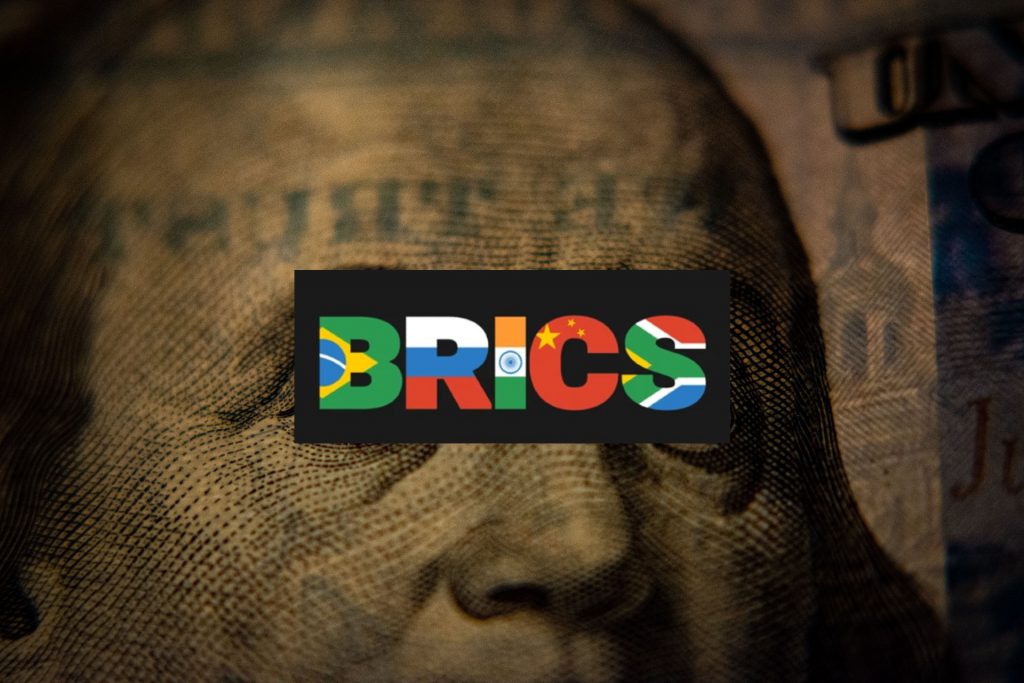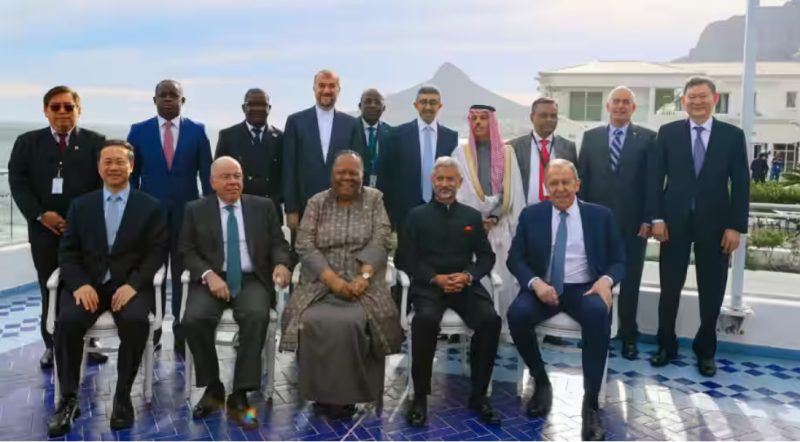The BRICS Sherpa meet is scheduled this week and ambassadors of the five countries will prioritize discussions about expansion efforts. 19 countries have expressed interest to join the bloc and 13 nations among them have formally sent their applications. Also, six countries have informally approached to be a part of the BRICS alliance. Algeria, Argentina, Bahrain, Egypt, Indonesia, Iran, Saudi Arabia, and the United Arab Emirates have formally applied to join BRICS.
Also Read: BRICS: 130 Countries Move Towards CBDC Currency, US Dollar in Jeopardy
The BRICS Sherpa meeting will initiate discussions about expansion and review applications sent by other countries. It is reported that the alliance could allow like-minded nations into the bloc for better cooperation in global trade.
Once the Sherpas discuss and review applications, the report will be sent to the head of the respective countries. The BRICS alliance will jointly decide on the expansion using the review at the next summit in South Africa in August.
Also Read: BRICS: India Might Back Out From Launching The New Currency
BRICS Expansion Could Challenge To the U.S. Dollar


BRICS expansion could realign the geopolitical landscape and provide more financial power to the bloc. The GDP of BRICS+ reaches $32.66 trillion in 2023 compared to the U.S. GDP of $25.5 trillion. Therefore, BRICS+ GDP would be $7.16 trillion ahead of the U.S. and contribute further to the global economy. Just recently, the BRICS alliance also beat the G7 countries in purchasing power parity (PPP).
Also Read: 5 New Countries To Join BRICS Alliance in August
A combined BRICS could overtake the U.S. and other Western allies becoming a power horse in the financial sector. The BRICS alliance could also force Europe to pay in the new currency for cross-border transactions ending the U.S. dollar’s dominance. If the new currency gains trust in the global markets, the U.S. dollar could be on the path of decline.
Read here to know how many U.S. sectors could be affected if BRICS launch their new currency in the markets. In conclusion, BRICS expansion could cause more harm to the U.S. dollar than BRICS as a group of five nations. Saudi Arabia could pump fresh funds into the alliance making its prospects stronger to take on the U.S. dollar.





